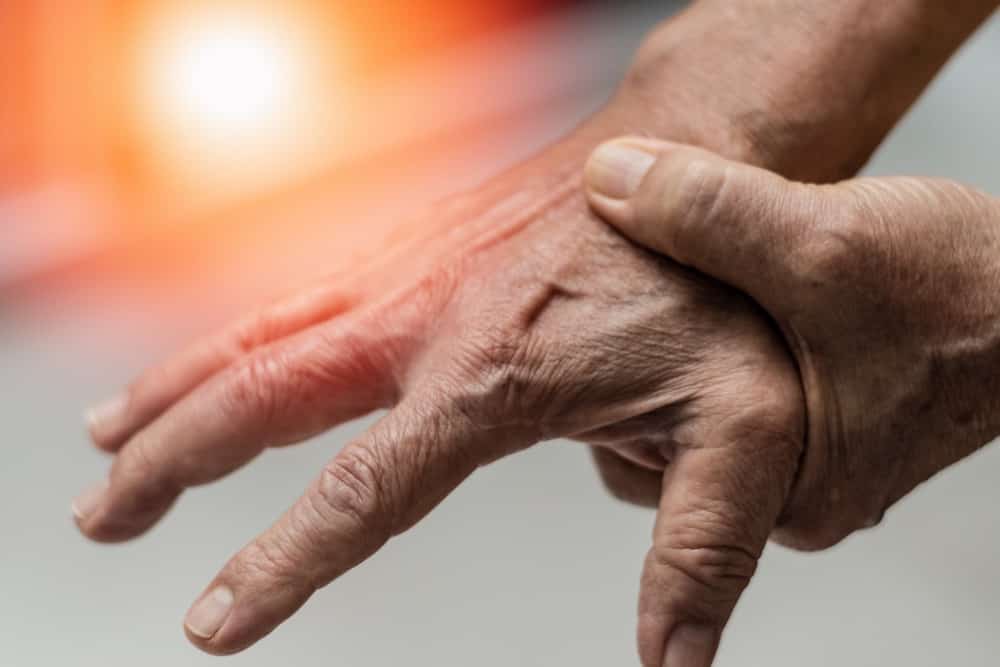Many people know that an excess uric acid in the blood can cause joint pain. However, they usually do not link the cause to gout and pseudogout, which is the medical term to describe a type of arthritis caused by uric acid crystal accumulation.
What basically happens is that uric acid builds up in the articulations, accumulating in uric acid crystals. These crystals interfere with the normal movements of the articulation itself. When they are very large, they may even trigger wear down of the articulation and significant pain.
The difference between gout and pseudogout is that the former is caused by uric acid, and the latter is caused by calcium pyrophosphate crystals. They have similar signs and symptoms, and here they are:
1. Severe pain

There is no doubt that pain is one of the most critical symptoms of gout and pseudogout. Pain is so intense that it stops being a sign and becomes a symptom because it is clearly visible by the doctor that patients are unable to hold their own weight in the affected articulation. It is very tender during a gout attack, and sometimes patients can’t stand having a bed sheet on because it feels uncomfortable. Pain is described as excruciating, and the onset is abrupt and spontaneous. There’s no apparent trigger, and it usually manifests at night, sometimes in the early hours. The sudden onset of a gout attack is followed by a gradual increase in articulatory pain. The maximum intensity happens within 8 to 12 hours, in which articulations are usually tender, reddened, and hot, as we will cover later in this article. In most cases, the most severe pain only lasts for a couple of hours, and it completely resolves in one or two weeks. In other cases, the symptoms occur over a period of several days with a more insidious onset.
